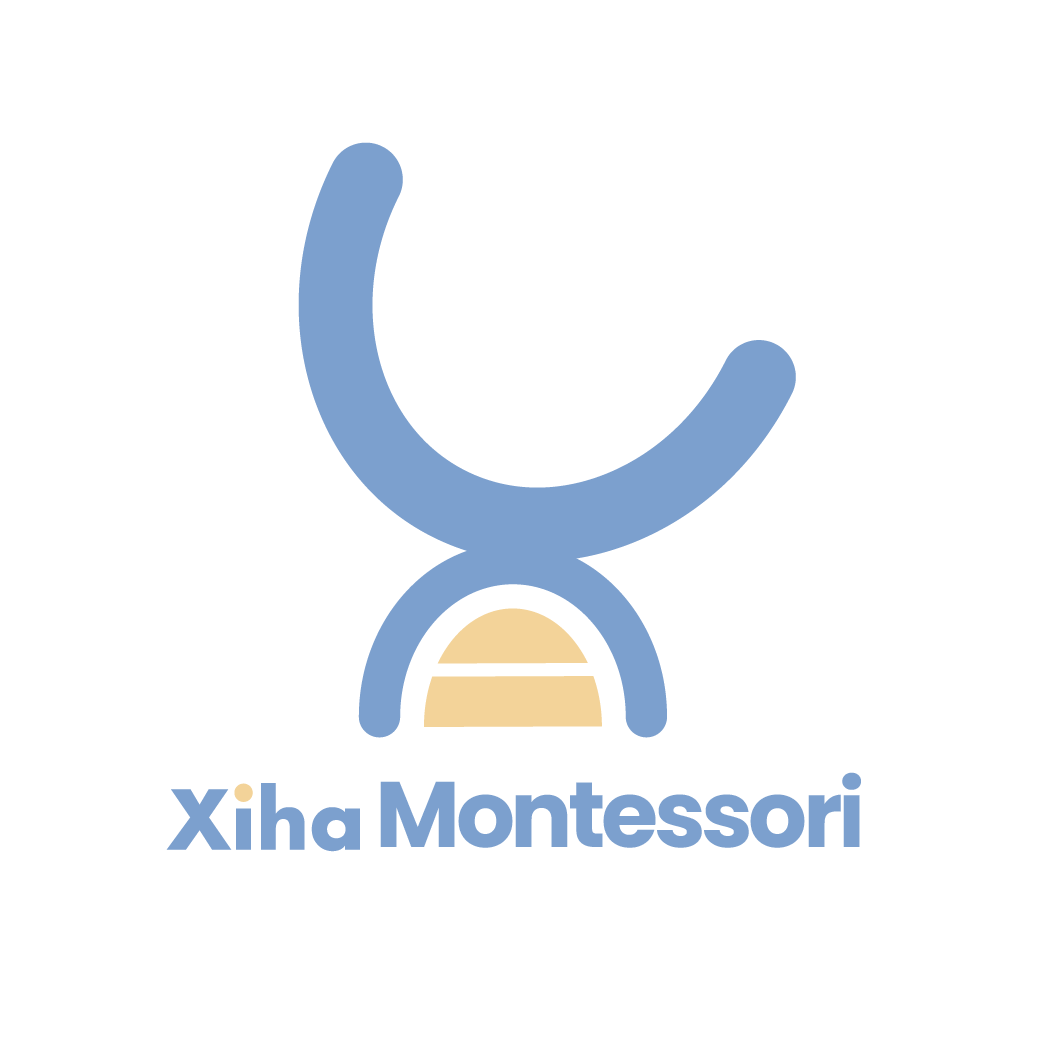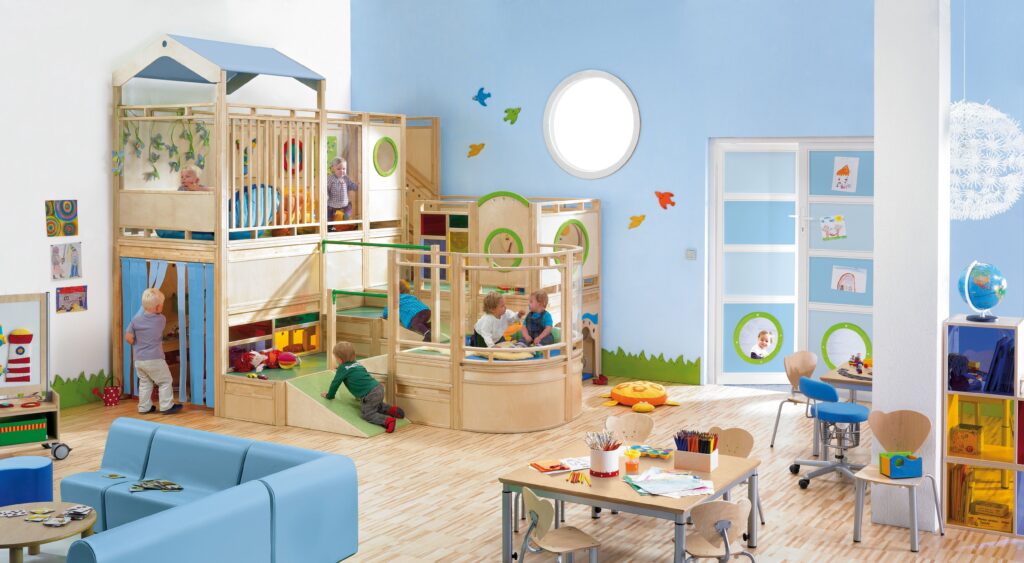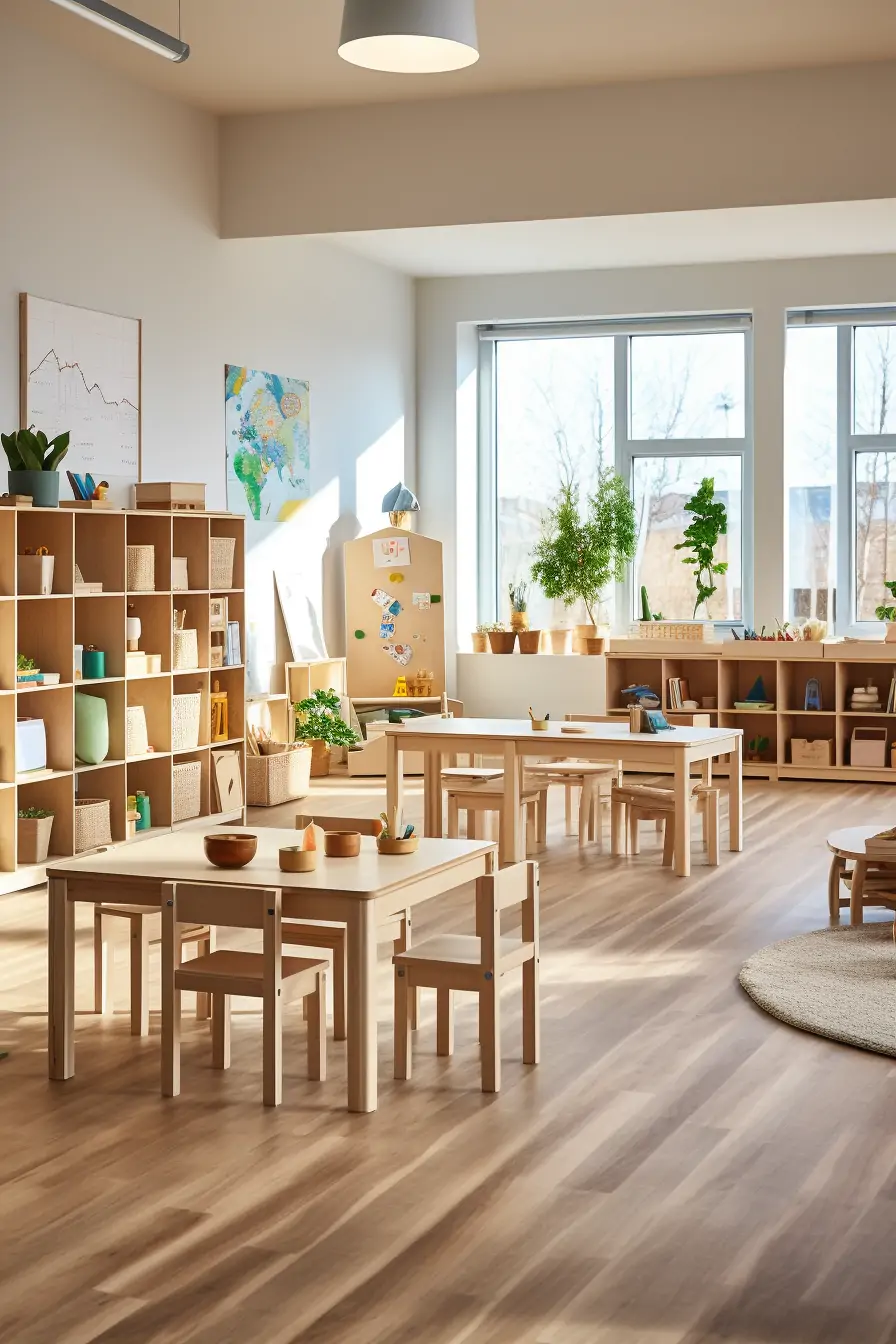Welcome to our article where we delve into the world of Montessori preschool. Renowned for its unique teaching approach and environment, Montessori preschools are dedicated to fostering children’s autonomy in learning and practical life skills. In this article, we will unveil the essence of Montessori education by exploring its distinctive methods and nurturing settings. Montessori education, pioneered by Dr. Maria Montessori, has gained significant recognition in the field of early childhood education worldwide. Through the provision of diverse learning materials, the creation of an orderly classroom environment, and the encouragement of children’s independent exploration, Montessori preschools offer a holistic platform for children’s comprehensive development. Join us as we embark on a journey to uncover the charm and uniqueness of Montessori education.
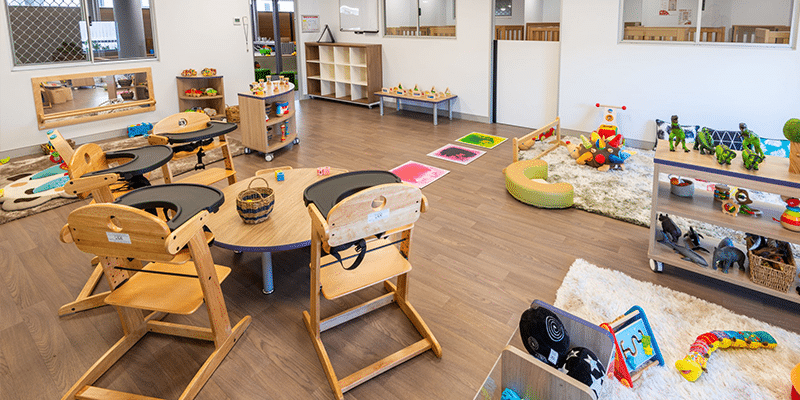
Core Features of Montessori Education:
Core Features of Montessori Education:
One of the fundamental principles of Montessori education is the emphasis on self-directed learning. Children are encouraged to independently choose activities from a carefully prepared environment. This approach nurtures their innate curiosity and allows them to explore subjects at their own pace, fostering a love for learning.
Practical Life Skills
Montessori preschools place great importance on practical life skills. Through engaging in everyday tasks like pouring, buttoning, and cleaning, children develop essential life skills that promote independence, coordination, and concentration. These activities not only enhance their motor skills but also instill a sense of responsibility and self-confidence.
Prepared Environment
The Montessori classroom is meticulously designed to create a supportive learning environment. It is carefully arranged with age-appropriate materials and furniture, promoting children’s engagement and independent exploration. The use of natural light, accessible shelves, and well-defined spaces enhances the overall learning experience.
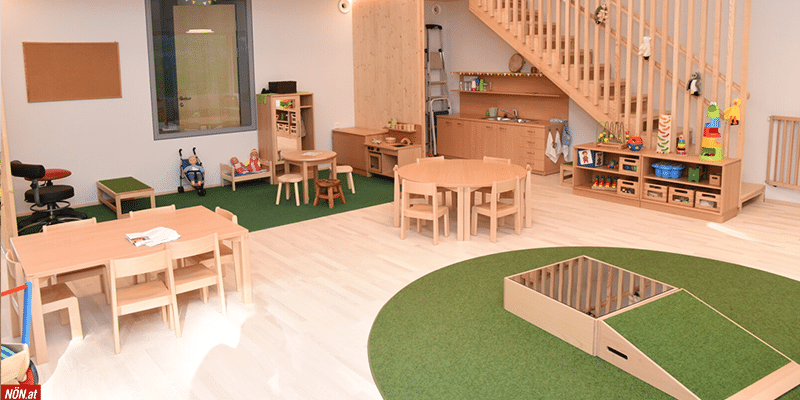
The Classroom Environment in Montessori Preschool
Low Tables and Chairs
In a Montessori classroom, you’ll find low tables and chairs instead of traditional desks. This intentional choice allows children to comfortably engage in activities, promoting proper posture and fostering a sense of community. The freedom to move around and collaborate with peers enhances their social and cognitive development.
Self-directed Learning Materials
Montessori education utilizes a wide range of self-directed learning materials. These materials are carefully designed to capture children’s attention and stimulate their exploration. From sensorial materials that enhance their senses to math and language materials that develop cognitive skills, each item serves a specific purpose in facilitating their learning journey.
Ordered Layout
Order and organization are integral elements of the Montessori classroom. Materials are thoughtfully arranged on accessible shelves, ensuring children can easily locate and return items to their designated places. This fosters a sense of orderliness, independence, and personal responsibility among the children.
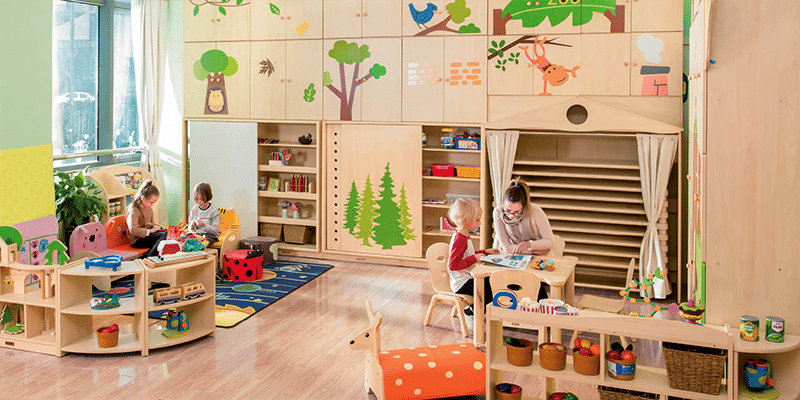
In conclusion, Montessori preschools offer a unique approach to early childhood education that emphasizes self-directed learning, practical life skills, and a carefully prepared environment. By providing children with the freedom to explore, make choices, and engage in hands-on activities, Montessori education nurtures their natural curiosity, independence, and love for learning. We hope that this exploration of Montessori preschool and its approach and environment has shed light on the benefits and uniqueness of this educational philosophy. Whether you are a parent, educator, or advocate for early childhood education, embracing the principles of Montessori can have a profound impact on the growth and development of children. Thank you for joining us on this journey to uncover the wonders of Montessori preschool education. If you have any further questions or would like to delve deeper into this topic, please don’t hesitate to reach out.

